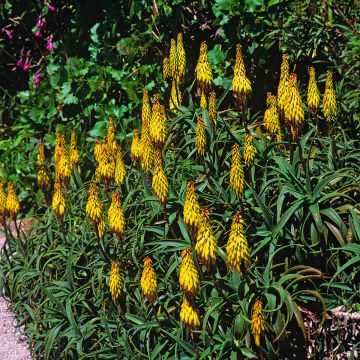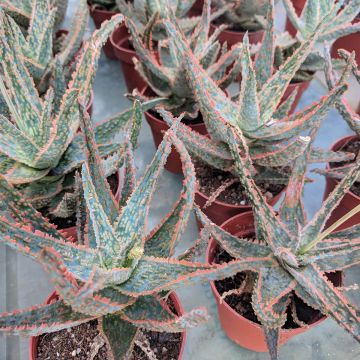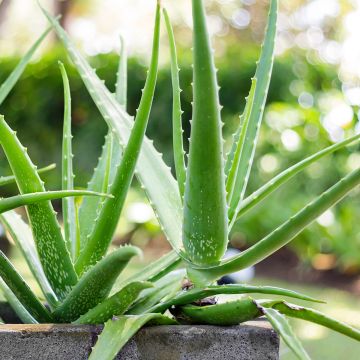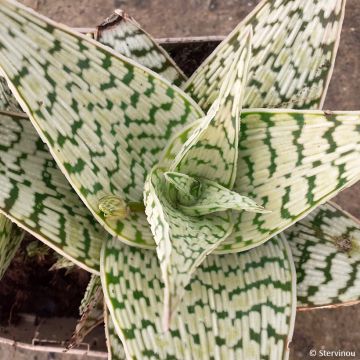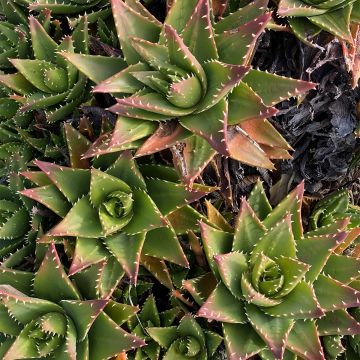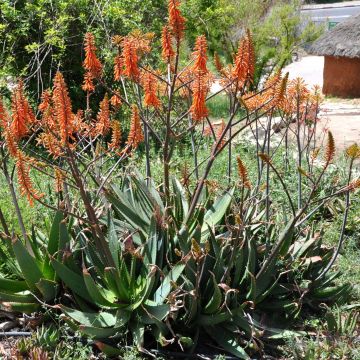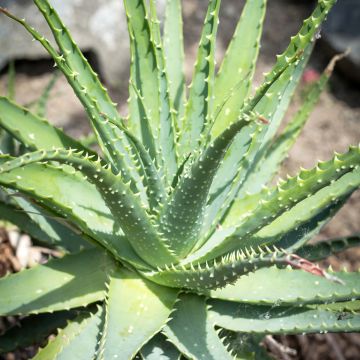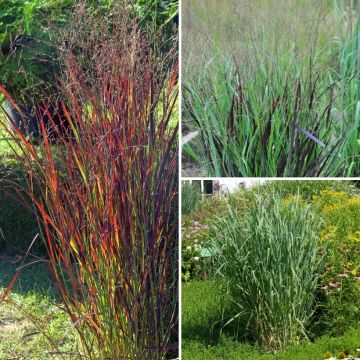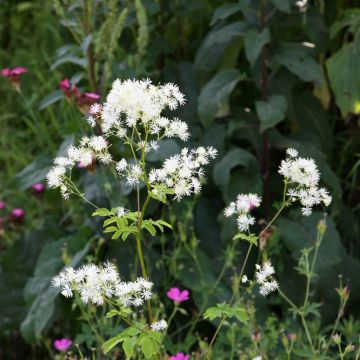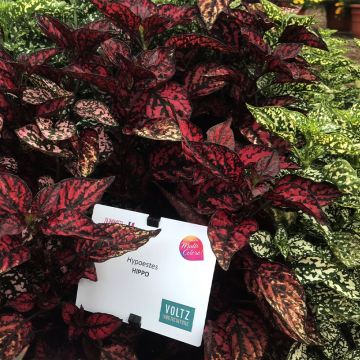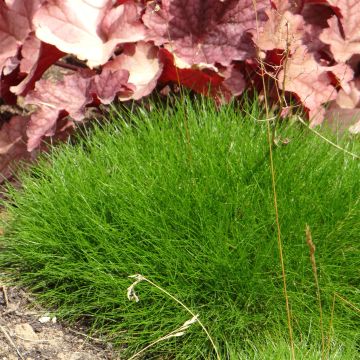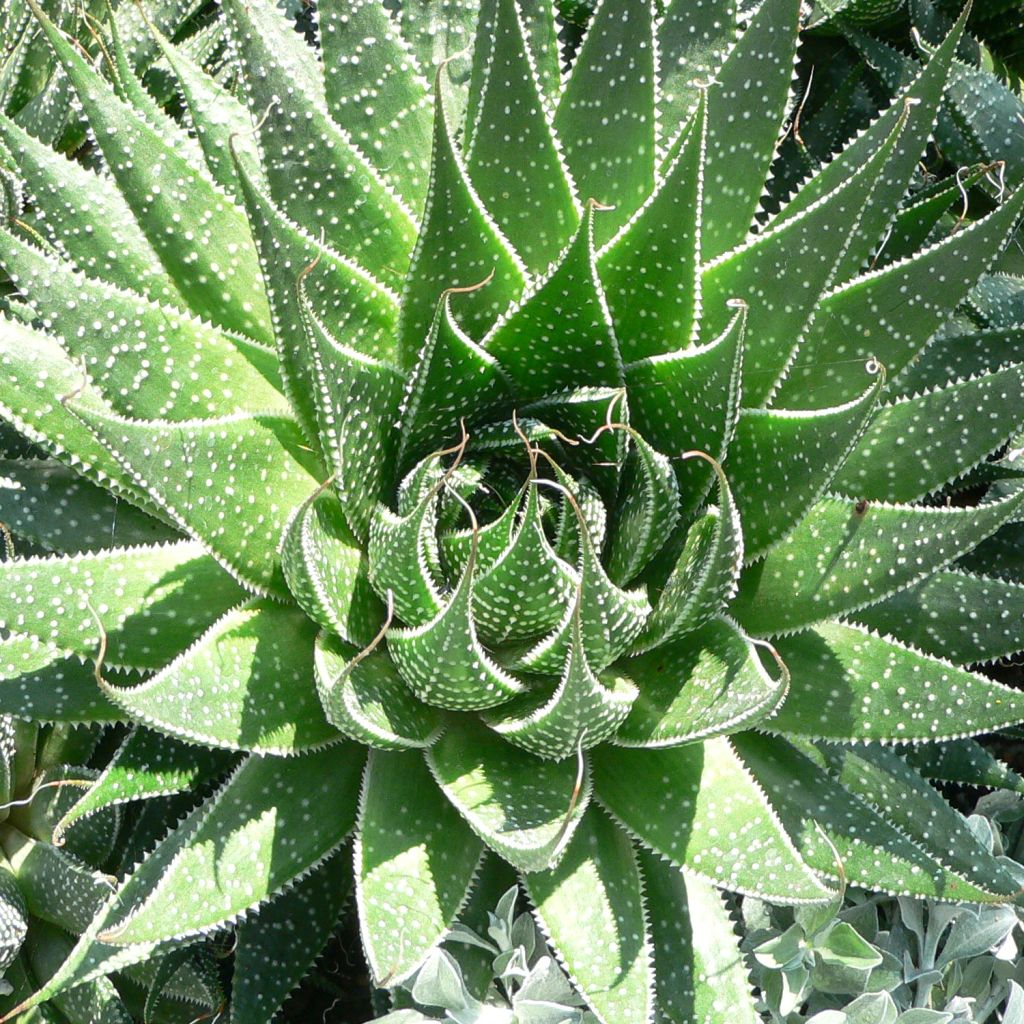

Aloe aristata
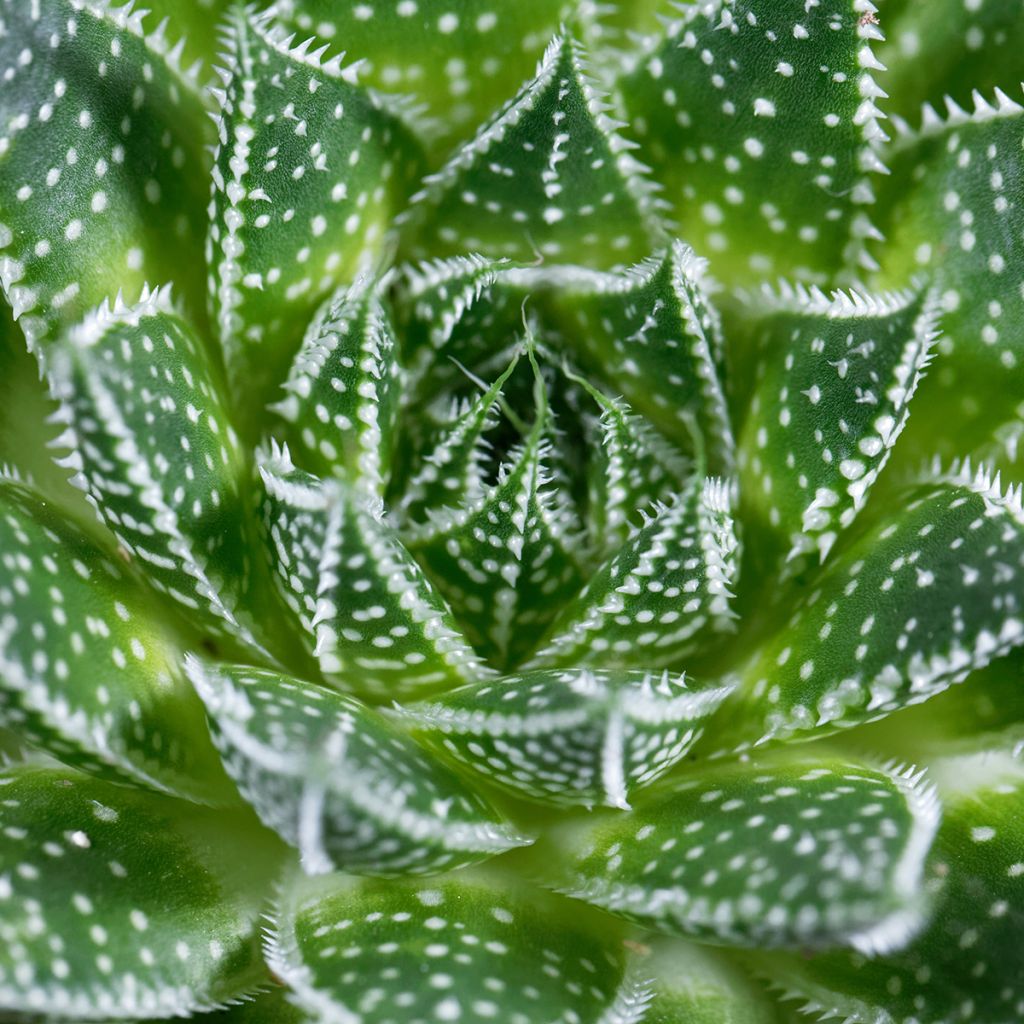

Aloe aristata


Aloe aristata
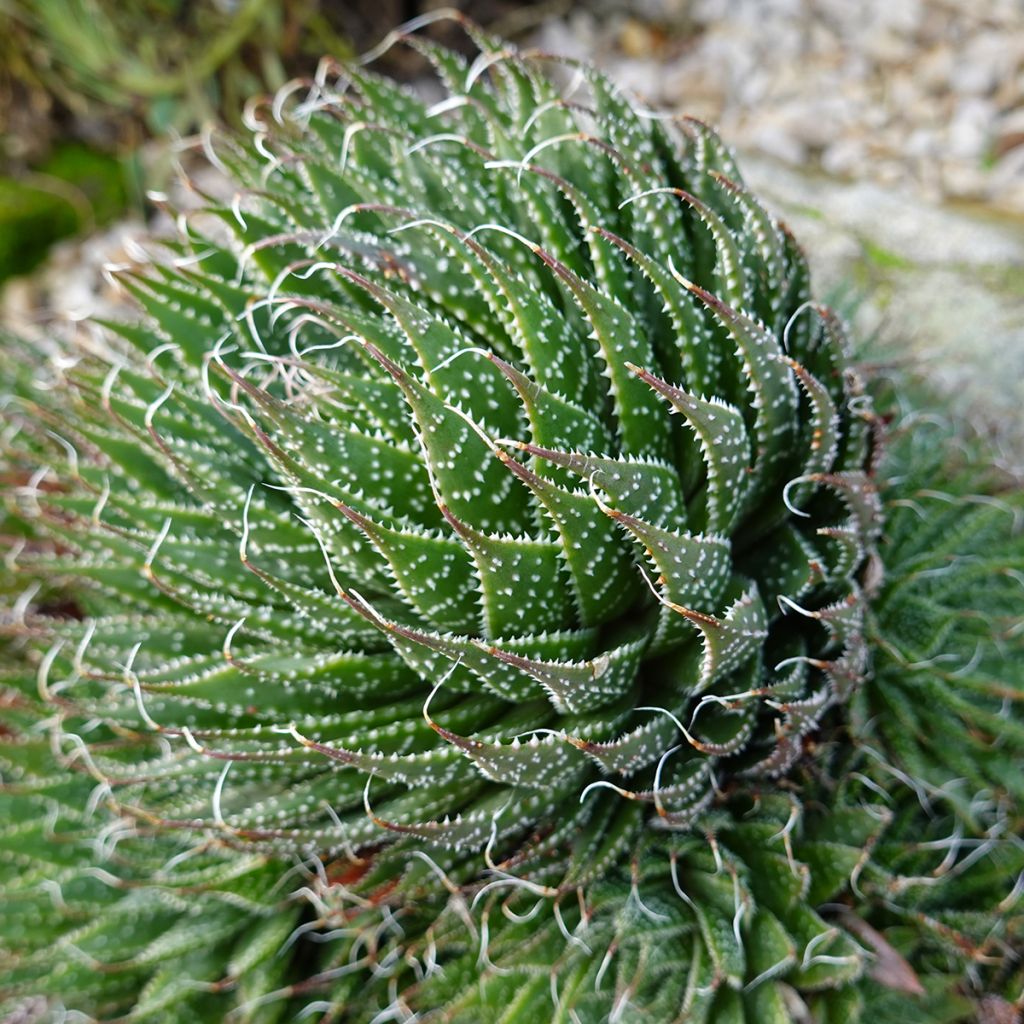

Aloe aristata


Aloe aristata


Aloe aristata
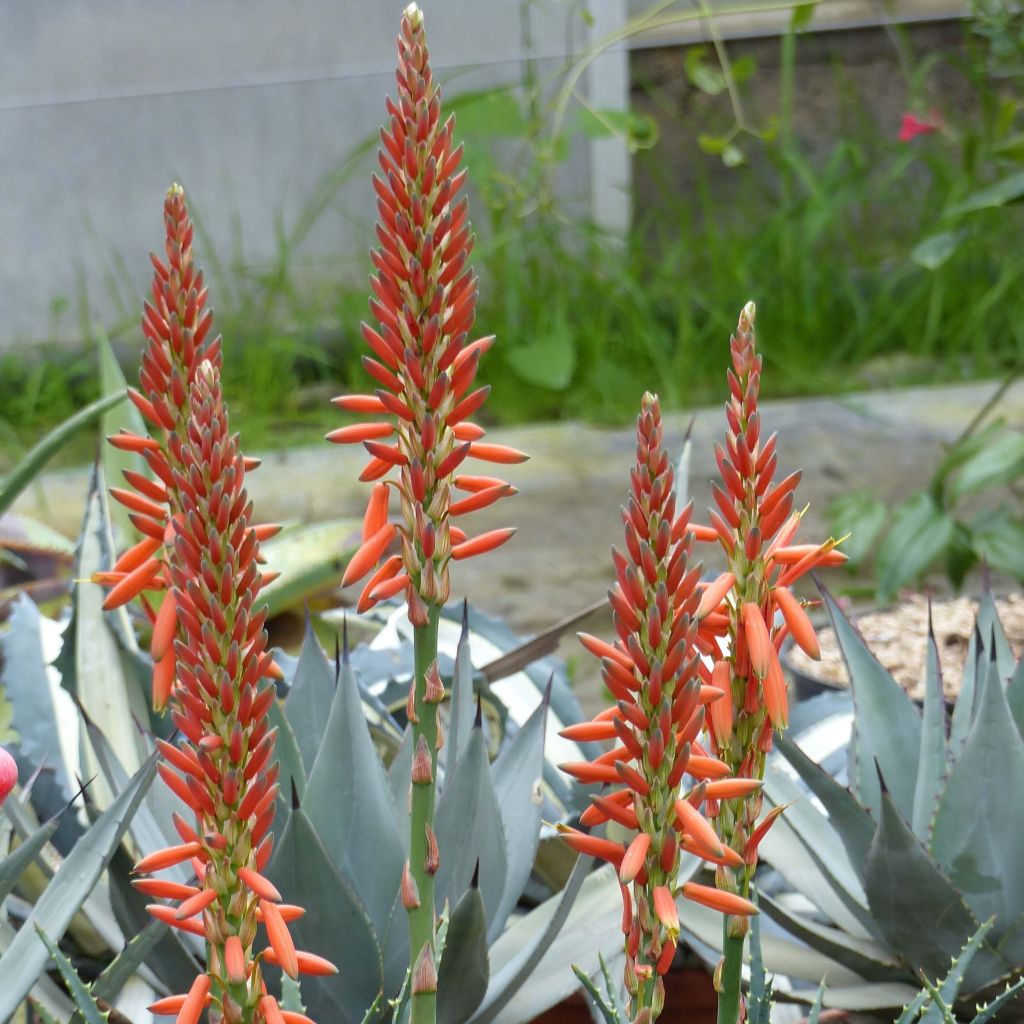

Aloe aristata
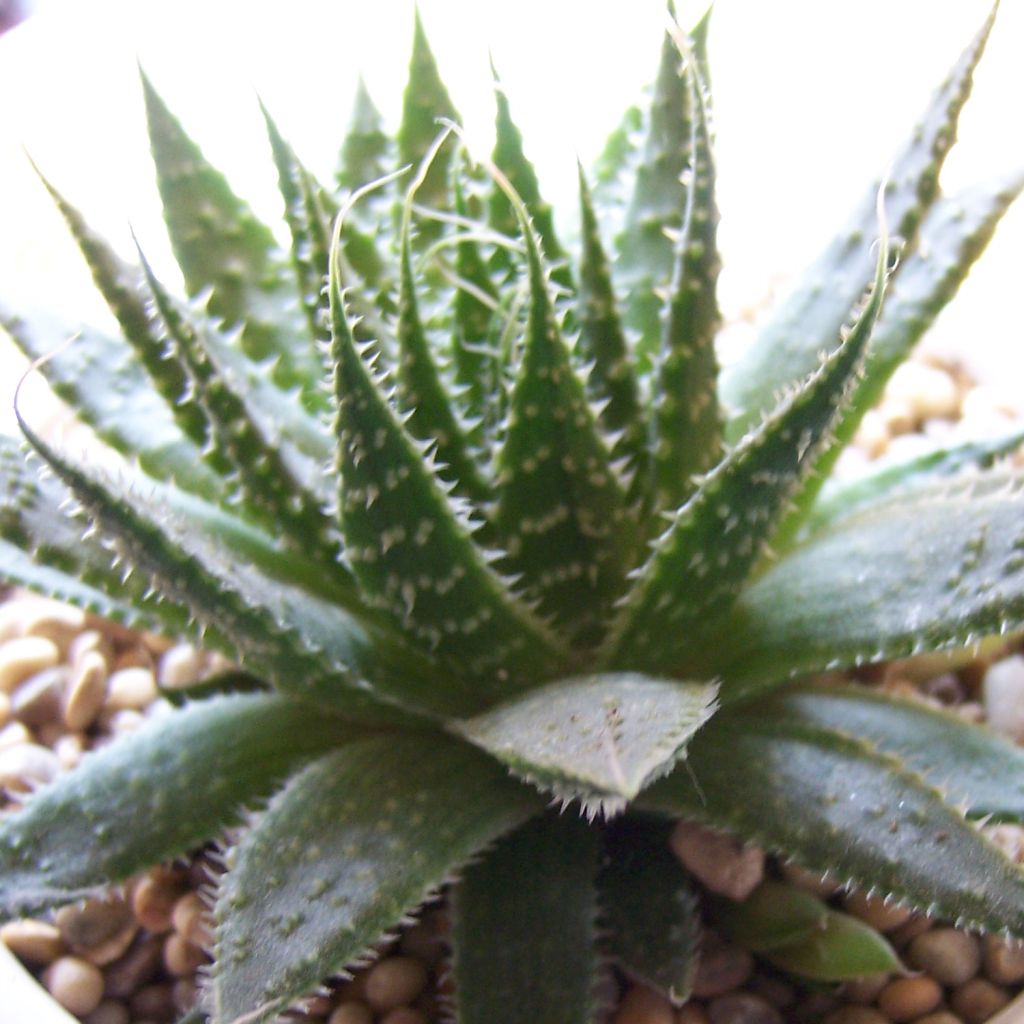

Aloe aristata


Aloe aristata
View more pictures
Hide images
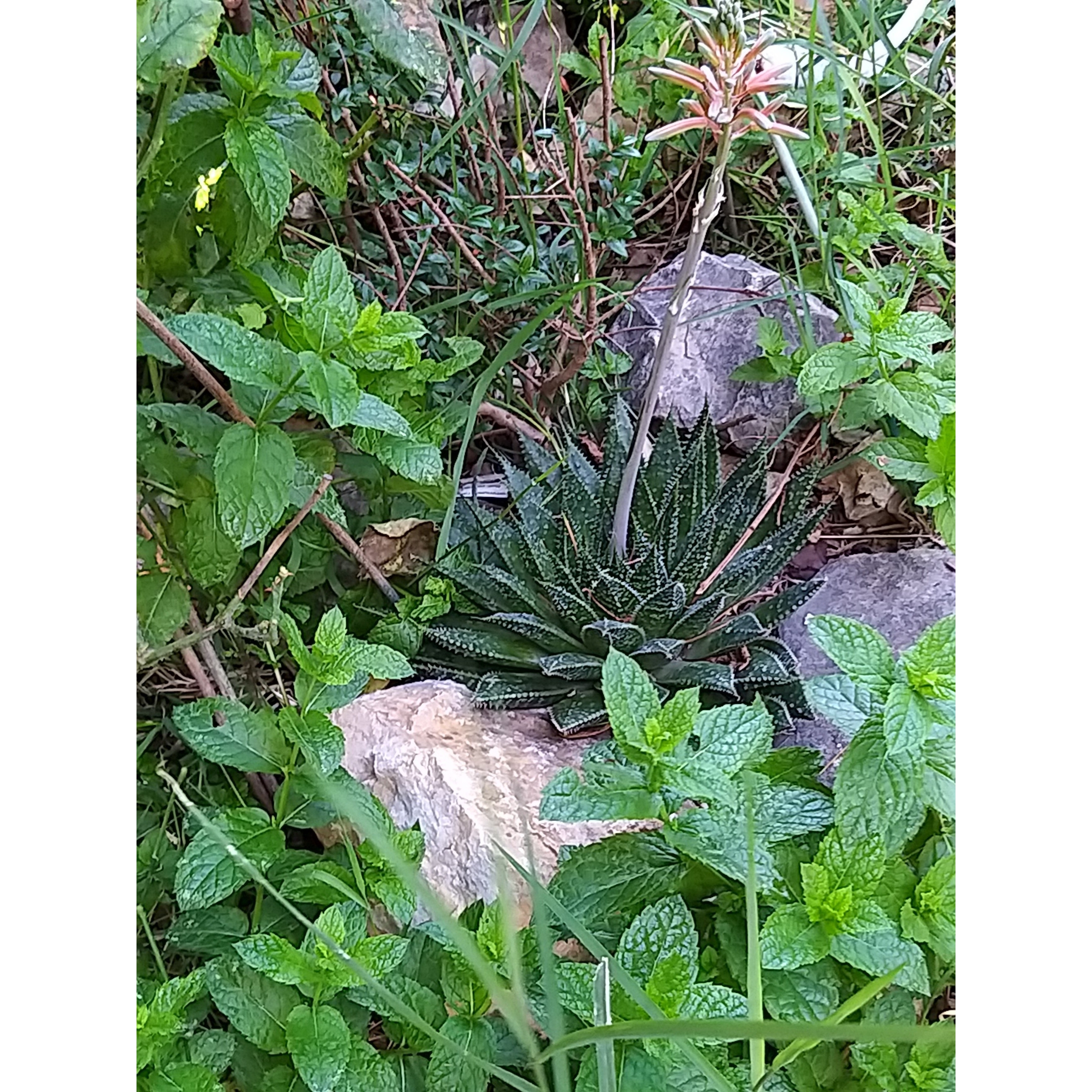
Thierry P.

June flowering - image 1 - Similar to Moroccan mint.
Thierry P. • 84 FR
Aloe aristata
Aloe aristata
Lace Aloe, Torch Plant, Bearded Aloe
The aloe aristata is very small, I was expecting a more developed plant.
Bruno, 17/09/2024
Special offer!
Receive a €20 voucher for any order over €90 (excluding delivery costs, credit notes, and plastic-free options)!
1- Add your favorite plants to your cart.
2- Once you have reached €90, confirm your order (you can even choose the delivery date!).
3- As soon as your order is shipped, you will receive an email containing your voucher code, valid for 3 months (90 days).
Your voucher is unique and can only be used once, for any order with a minimum value of €20, excluding delivery costs.
Can be combined with other current offers, non-divisible and non-refundable.
Home or relay delivery (depending on size and destination)
Schedule delivery date,
and select date in basket
This plant carries a 12 months recovery warranty
More information
We guarantee the quality of our plants for a full growing cycle, and will replace at our expense any plant that fails to recover under normal climatic and planting conditions.

Would this plant suit my garden?
Set up your Plantfit profile →
Description
The Aloe aristata is one of the hardiest species of aloes. Small in size, this perennial forms a round rosette, growing at ground level, composed of fleshy, elongated leaves with non-stinging and toothed edges. They are highly decorative with their dark green colour speckled with white-silver and bloom in late spring or early summer with beautiful, very dark spikes where pleasant coral pink, nectar-rich flowers open. This aloe thrives in full sun or partial shade, in well-drained soil, for example in a rock garden or a nice pot on the terrace.
The Aloe aristata is a botanical species of the Aloeaceae family, native to central South Africa, specifically Lesotho and neighboring regions. It is a small, stemless succulent perennial, forming a rosette habit, reaching 20 to 30 cm (8 to 12in) in height for the foliage, 50 cm (20in) when flowering, with a diameter of about 30 cm (12in). It produces many offsets, forming colonies that spread over time or form tight clumps. The large, round, very dense rosettes are composed of white-speckled, thick, sword-shaped leaves with toothed edges. In June, a tall, dark-coloured flower spike emerges from the centre of mature rosettes, bearing tubular, red-pink flowers that are highly visited by pollinating insects. The flower spike shifts away from the centre as new leaves appear. The mother rosettes are less tolerant of frost than the young offsets, which can withstand many successive frosts.
Resistant to salt spray and drought, but also well-suited to a properly cultivated and well-drained garden soil, the Aloe aristata can be grown in pots to decorate the terrace or balcony, as well as in the ground, in a border, rock garden, or on a dry slope. In Mediterranean climates or on protected Atlantic coasts, it can be planted in the ground as it is hardy to around -8°C (17.6°F). It will form attractive clumps with exotic appearances in sloping or rocky well-drained soil, or even in dry stone walls. Elsewhere, it can be placed in a wider than tall pot (as it multiplies rapidly) to fully enjoy its unique charm. For example, it can be combined with small agaves in a collection of potted plants. Ground cover plants with a similar undemanding nature, such as Evening Primroses, Osteospermums, Felicia, or Witch's Claws, can be planted around them to fill the space with their flowering and evergreen foliage and mask the void left by a dead plant.
About Agaves and Aloes:
Aloes and agaves may look similar but belong to two different botanical families, Aloeaceae and Agavaceae, respectively. The main distinction lies in the fact that aloes' rosettes bloom for many years, while the flowering of a mature agave rosette marks the end of its life. In some species of aloes, interfoliar buds give rise to new plants that cover the dried remains of the mother plant. In agaves, the central flower spike develops from the terminal bud. In aloes, the flower buds emerge between the leaves. Agaves are native to North America, while aloes are found only in the southern half of Africa and the nearby islands of the Indian Ocean.
Report an error about the product description
Aloe aristata in pictures
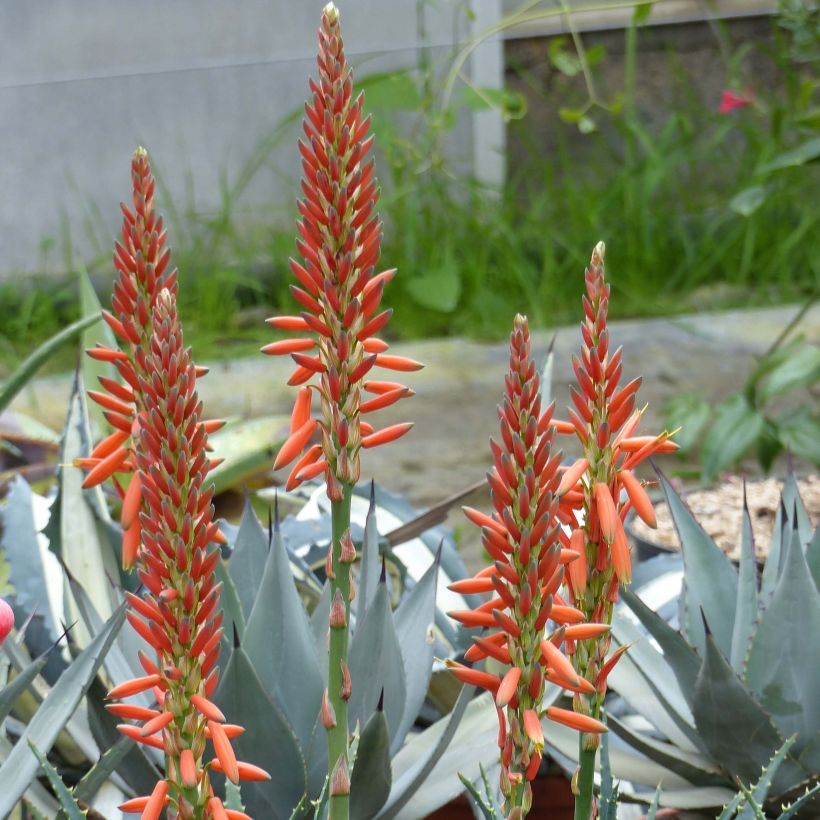





Flowering
Foliage
Plant habit
Botanical data
Aloe
aristata
Aloeaceae
Lace Aloe, Torch Plant, Bearded Aloe
South Africa
Other Aloe
View all →Planting and care
Like all "succulent" plants, aloes thrive in full sun and well-drained, even arid soil. However, Aloe aristata can tolerate partially shaded exposures, especially in hot climates, and ordinary but lightened and properly drained soil. Easy to grow in a dry and sunny rockery, a gravel-enriched flower bed, or in pots. In wet regions during winter, it is recommended to install a glass cover above the rosettes to protect them from rain combined with cold. Occasional watering is appreciated in summer and fertilisation is not obligatory, although it helps the plant to look more beautiful.
Planting period
Intended location
Care
-
, onOrder confirmed
Reply from on Promesse de fleurs
Similar products
Haven't found what you were looking for?
Hardiness is the lowest winter temperature a plant can endure without suffering serious damage or even dying. However, hardiness is affected by location (a sheltered area, such as a patio), protection (winter cover) and soil type (hardiness is improved by well-drained soil).

Photo Sharing Terms & Conditions
In order to encourage gardeners to interact and share their experiences, Promesse de fleurs offers various media enabling content to be uploaded onto its Site - in particular via the ‘Photo sharing’ module.
The User agrees to refrain from:
- Posting any content that is illegal, prejudicial, insulting, racist, inciteful to hatred, revisionist, contrary to public decency, that infringes on privacy or on the privacy rights of third parties, in particular the publicity rights of persons and goods, intellectual property rights, or the right to privacy.
- Submitting content on behalf of a third party;
- Impersonate the identity of a third party and/or publish any personal information about a third party;
In general, the User undertakes to refrain from any unethical behaviour.
All Content (in particular text, comments, files, images, photos, videos, creative works, etc.), which may be subject to property or intellectual property rights, image or other private rights, shall remain the property of the User, subject to the limited rights granted by the terms of the licence granted by Promesse de fleurs as stated below. Users are at liberty to publish or not to publish such Content on the Site, notably via the ‘Photo Sharing’ facility, and accept that this Content shall be made public and freely accessible, notably on the Internet.
Users further acknowledge, undertake to have ,and guarantee that they hold all necessary rights and permissions to publish such material on the Site, in particular with regard to the legislation in force pertaining to any privacy, property, intellectual property, image, or contractual rights, or rights of any other nature. By publishing such Content on the Site, Users acknowledge accepting full liability as publishers of the Content within the meaning of the law, and grant Promesse de fleurs, free of charge, an inclusive, worldwide licence for the said Content for the entire duration of its publication, including all reproduction, representation, up/downloading, displaying, performing, transmission, and storage rights.
Users also grant permission for their name to be linked to the Content and accept that this link may not always be made available.
By engaging in posting material, Users consent to their Content becoming automatically accessible on the Internet, in particular on other sites and/or blogs and/or web pages of the Promesse de fleurs site, including in particular social pages and the Promesse de fleurs catalogue.
Users may secure the removal of entrusted content free of charge by issuing a simple request via our contact form.
The flowering period indicated on our website applies to countries and regions located in USDA zone 8 (France, the United Kingdom, Ireland, the Netherlands, etc.)
It will vary according to where you live:
- In zones 9 to 10 (Italy, Spain, Greece, etc.), flowering will occur about 2 to 4 weeks earlier.
- In zones 6 to 7 (Germany, Poland, Slovenia, and lower mountainous regions), flowering will be delayed by 2 to 3 weeks.
- In zone 5 (Central Europe, Scandinavia), blooming will be delayed by 3 to 5 weeks.
In temperate climates, pruning of spring-flowering shrubs (forsythia, spireas, etc.) should be done just after flowering.
Pruning of summer-flowering shrubs (Indian Lilac, Perovskia, etc.) can be done in winter or spring.
In cold regions as well as with frost-sensitive plants, avoid pruning too early when severe frosts may still occur.
The planting period indicated on our website applies to countries and regions located in USDA zone 8 (France, United Kingdom, Ireland, Netherlands).
It will vary according to where you live:
- In Mediterranean zones (Marseille, Madrid, Milan, etc.), autumn and winter are the best planting periods.
- In continental zones (Strasbourg, Munich, Vienna, etc.), delay planting by 2 to 3 weeks in spring and bring it forward by 2 to 4 weeks in autumn.
- In mountainous regions (the Alps, Pyrenees, Carpathians, etc.), it is best to plant in late spring (May-June) or late summer (August-September).
The harvesting period indicated on our website applies to countries and regions in USDA zone 8 (France, England, Ireland, the Netherlands).
In colder areas (Scandinavia, Poland, Austria...) fruit and vegetable harvests are likely to be delayed by 3-4 weeks.
In warmer areas (Italy, Spain, Greece, etc.), harvesting will probably take place earlier, depending on weather conditions.
The sowing periods indicated on our website apply to countries and regions within USDA Zone 8 (France, UK, Ireland, Netherlands).
In colder areas (Scandinavia, Poland, Austria...), delay any outdoor sowing by 3-4 weeks, or sow under glass.
In warmer climes (Italy, Spain, Greece, etc.), bring outdoor sowing forward by a few weeks.






























